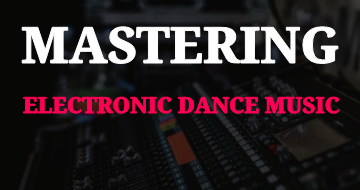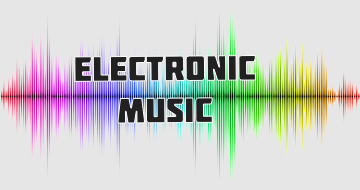IIRF Online > Music > Music Fundamentals > Electronic Music > Music Theory for Electronic Musicians, Part 1: Chords
Music Theory for Electronic Musicians, Part 1: Chords by Udemy
Electronic music theory, digital music theory, and dance music theory. Learn music theory with ableton live and more!
Course Highlights
- By the end of this course, you will have improved your tracks by understanding how to build chords and melodies that work together.
- Understand and apply minor chords
- Use the circle of fifths to generate new ideas for your own tracks
- Work within minor keys to write compelling melodies and basslines
- The Piano Roll editor
- Octaves
- Using Octaves in Bass Lines
- The Black Keys (not the band!)
- Finding C and Middle C
- The Perfect 5th
- Finding Fifths
- Being "in key"
- The pattern of a key
- Moveable Patterns
- The major and minor third
- Building triads
- Chord progressions
- What is diatonic?
- Finding all the chords in a key
- Using roman numerals
- Inversions
Skills you will learn!
Curriculum
2 Topics
Class Overview
Asking Questions
6 Topics
The Piano Roll Editor
Octaves
Using Octaves
The Black Keys (not the band)
Finding C and Middle C
Section 1 Summary
5 Topics
The Perfect Fifth
Finding Fifths
Being "In Key"
The Pattern of a Key
Fifth Examples
4 Topics
Moveable Patterns
The Major and Minor Third
Building Triads
Chord Progressions
5 Topics
What is Diatonic?
Finding All The Chords
Roman Numerals
Example Song Analysis No.1
Inversions
5 Topics
7th Chords Overview
Diatonic 7th Chords
Maj7 (Major 7) Example
Dominant 7th Chords
Blues and the 7th Chord
4 Topics
The Fourth
The Second
The Sixth
Song Analysis No. 2
2 Topics
Wrap Up
Some Extra Video Resources
6 Topics
Question 1: Making the F# and C# chords in D Major
Question 2: Inversions
Question 3: Changing Keys
Question 4: Can I use the Ableton Trial version?
Question 5: Using MuseScore
Bonus Lecture: Discount Offers & Mailing List

Music Theory for Electronic Musicians, Part 1: Chords




